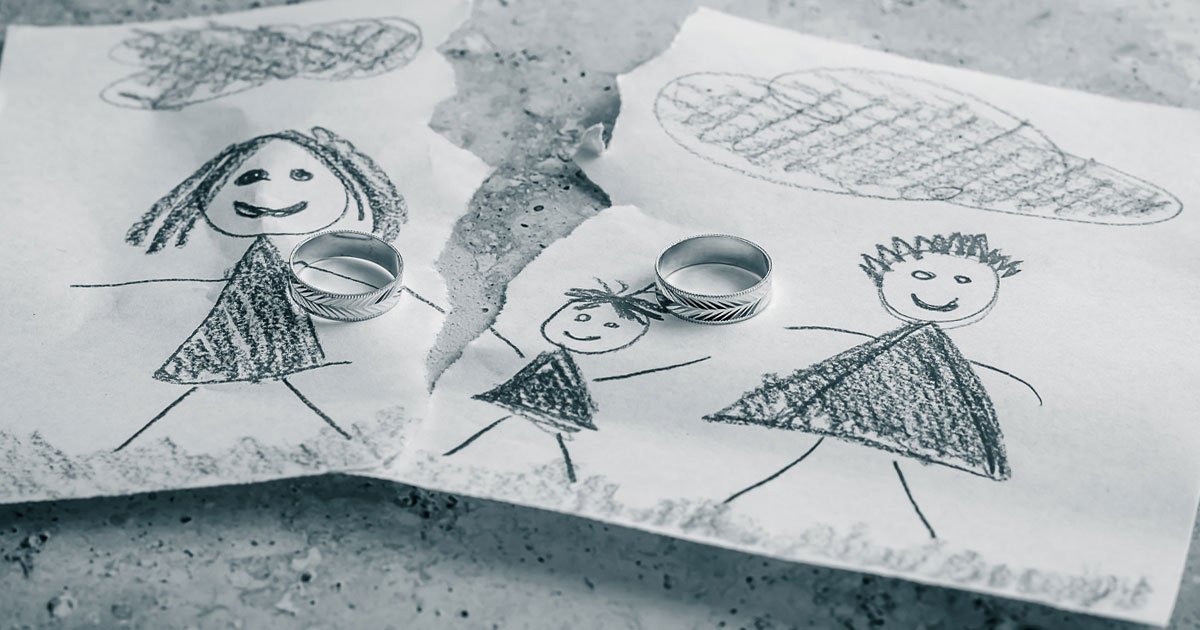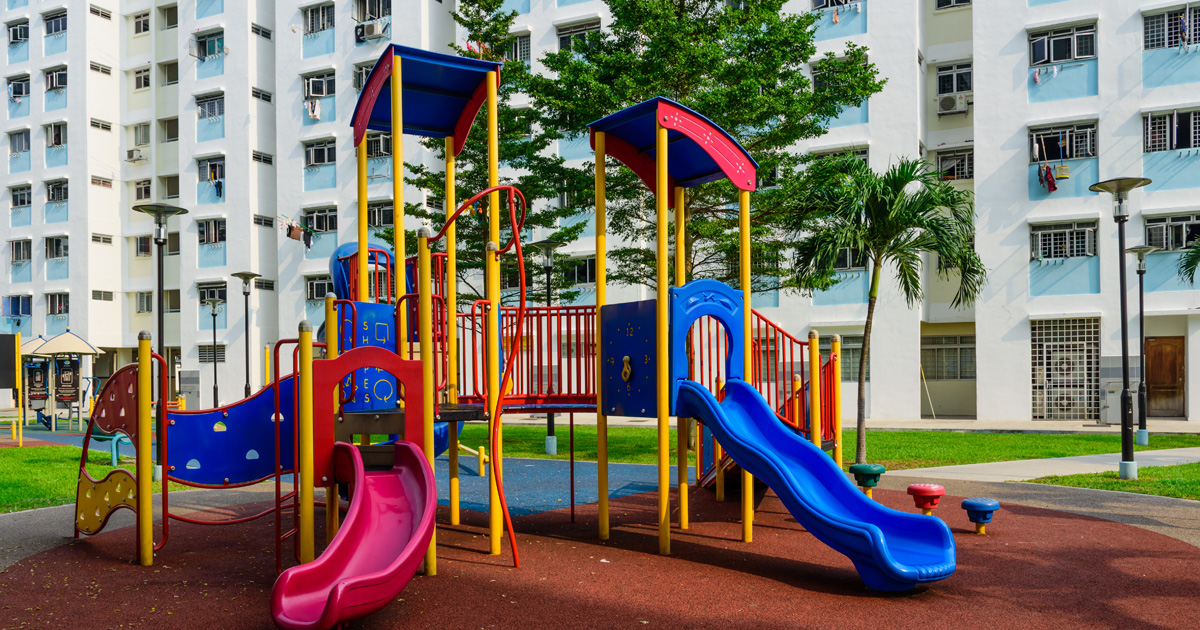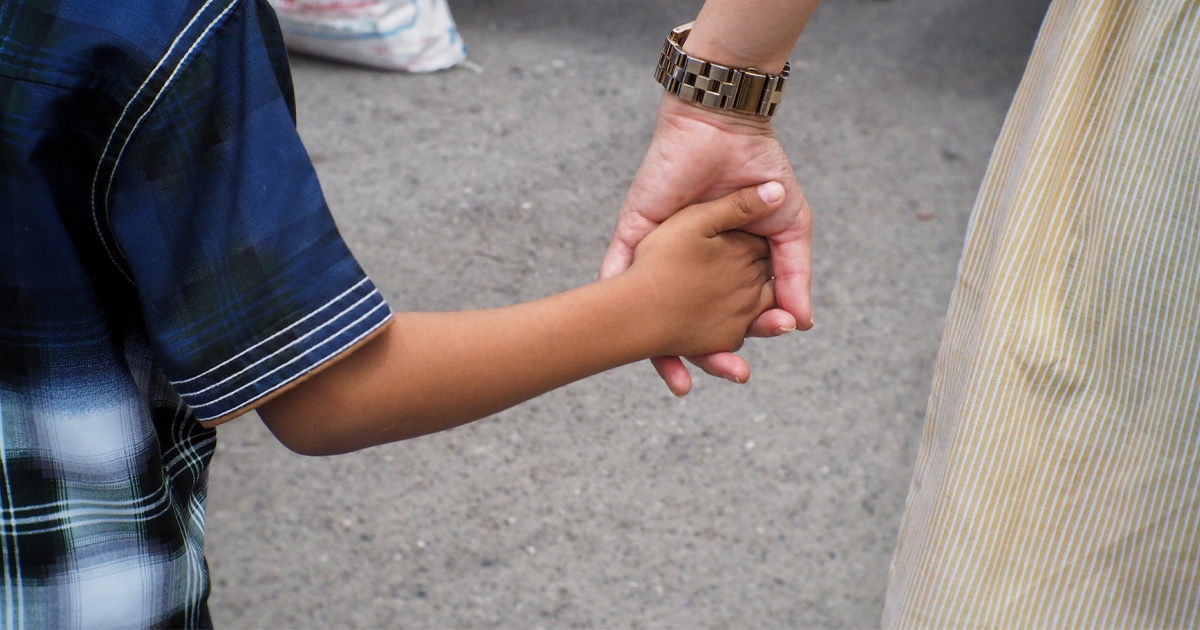- In some instances, parents remove children during divorce for conflict, safety, or alienation, causing disputes.
- Without consent, courts can issue interim custody, care and control, or enforcement orders.
- Threats or violence allow protective orders; keeping records supports the child’s welfare.
Whenever parents are contemplating divorce or are in the midst of divorce proceedings, it is not uncommon for one parent to consider leaving the matrimonial home, either to stay with relatives or to rent a new place, and to bring the child along.
There are many reasons why a parent may make this decision. Some parents may feel that leaving the home will reduce tension and conflict for the child, while others may be responding to personal safety concerns, including emotional or physical abuse. In other instances, the move may be intended to alienate the children from the other parent.
Regardless of the reason, removing a child from the care of the other parent can have significant legal and emotional consequences, particularly if it disrupts existing care arrangements or breaches any existing court orders.
While moving to another home within Singapore would generally not be considered “child abduction”, it can still give rise to disputes and tension between the parents, especially if one parent feels excluded from the child’s life or believes the move was intended to undermine their relationship with the child.
For this reason, parents should understand their rights and available remedies when such moves occur, both to protect their legal position and, most importantly, to safeguard the child’s welfare.
Read more: Mistakes to Avoid if you have Care and Control of your ChildWhat To Do If My Child is Removed Without My Knowledge or Consent?
In many cases, when parents are contemplating divorce or are already in proceedings, there may not be any formal Court orders in place, even if informal care arrangements exist. If one parent takes the child without the other parent’s knowledge or consent, it is important to take prompt and considered steps to protect both your legal rights and the child’s welfare.
Immediate contact to confirm safety
Where possible, contact the other parent or any relatives who may know where the child is staying and ascertain whether the child is safe. This can provide immediate reassurance and clarity before taking further legal action.
Once the child’s safety or location has been ascertained, you may wish to discuss with the other parent when the child will be returned or whether informal arrangements can be made for you to continue spending time with the child.
Apply for interim orders if no agreement
If you are unable to reach an agreement, or if the other parent does not respond, you may consider applying to the Family Justice Courts for interim custody, care and control (temporary arrangements for who the child lives with and who makes decisions for the child until the divorce is finalised) under the Guardianship of Infants Act 1993.
Such an application allows court orders to be recorded for the interim period while the divorce is being finalised, ensuring that the child’s welfare is preserved. The Court’s primary consideration will always be the best interests of the child, including stability in daily life, continuity of care, and maintaining meaningful relationships with both parents.
Consider mediation (if scheduled or ongoing)
If the parents are already attending, or scheduled to attend, mediation in the Family Justice Courts, this process may also provide an avenue to seek interim orders. You should speak to your lawyer to determine whether this approach is appropriate.
Compliance and enforcement of orders
Once an order has been recorded, whether agreed upon during mediation or issued by the Court after a hearing, parents are expected to comply. This may include returning the child to the matrimonial home or to the care of the left-behind parent, or ensuring that the left-behind parent has access to the child.
If a parent refuses to comply with the order, the other parent may apply to the Family Justice Courts for enforcement to ensure that the child’s welfare and Court orders are upheld.
What if I am the Parent who has left with the Child?
If you are the parent who has left the matrimonial home with the child, it is important to understand your legal position and the potential consequences of your actions. Even if you believe you are acting in the child’s best interests, unilateral decisions affecting the child’s care can give rise to disputes or Court intervention.
You remain responsible for your child’s welfare, while the other parent retains their rights regarding guardianship, custody, and access. Taking the child without consent may lead to applications for interim orders or enforcement against you. You may also file for interim custody and care and control, allowing Court orders for the interim period until the divorce is finalised.
While prioritising the child’s safety, it is important to act reasonably and consider ways for the other parent to continue spending time with the child, as maintaining relationships with both parents is generally in the best interests of the child. Clear communication and prompt legal advice are essential to ensure that any steps you take do not inadvertently harm the child’s welfare or your legal position.
What happens if there are Threats of Harm or Ongoing Family Violence?
If the removal of the child is prompted by, or accompanied by, threats, intimidation, or any form of family violence, the parent may apply for a Personal Protection Order or other accompanying orders, such as a Domestic Exclusion Order, to ensure immediate safety. In urgent situations, the Court can issue an Expedited Order while the PPO application is being processed. These legal measures protect both the parent and the child, who may be at risk of emotional or physical harm.
In many cases, CPS may step in to implement a safety plan for the child, providing additional protection and support. Depending on the circumstances, the Court may also allow the other parent supervised visitations through the DSSA, ensuring that the child maintains contact in a safe and controlled environment.
It is important to act promptly, document any incidents of threats or violence, and seek legal advice to ensure that necessary protective measures are taken in accordance with the law, while prioritising the child’s welfare.
Other Practical Considerations
Beyond legal rights and remedies, parents should keep clear and organised records to establish what actually happened and how the child was affected. This may include:
- Saving text messages, emails, or call logs showing communication between parents;
- Noting dates and details of when the child was moved, and
- Maintaining a diary of the child’s emotional or behavioural changes.
Practical disruptions, such as missed school days, transportation difficulties, or changes in caregiving routines, should also be documented. Photographs, school reports, or medical reports may further support your account. Such careful recording will also help your lawyer better assess your matter and provide you with the appropriate advice moving forward.
In ConclusionThe removal of a child from the family home is sensitive and complex, both legally and emotionally. Understanding your rights, acting promptly, and documenting events are essential to safeguard the child’s welfare. Seeking early legal advice ensures your actions comply with the law and serve the child’s best interests.
At GJC Law, our family lawyers can provide guidance on custody, care and control, access, and protective measures to ensure your child’s safety and well-being while helping you navigate the legal process.














